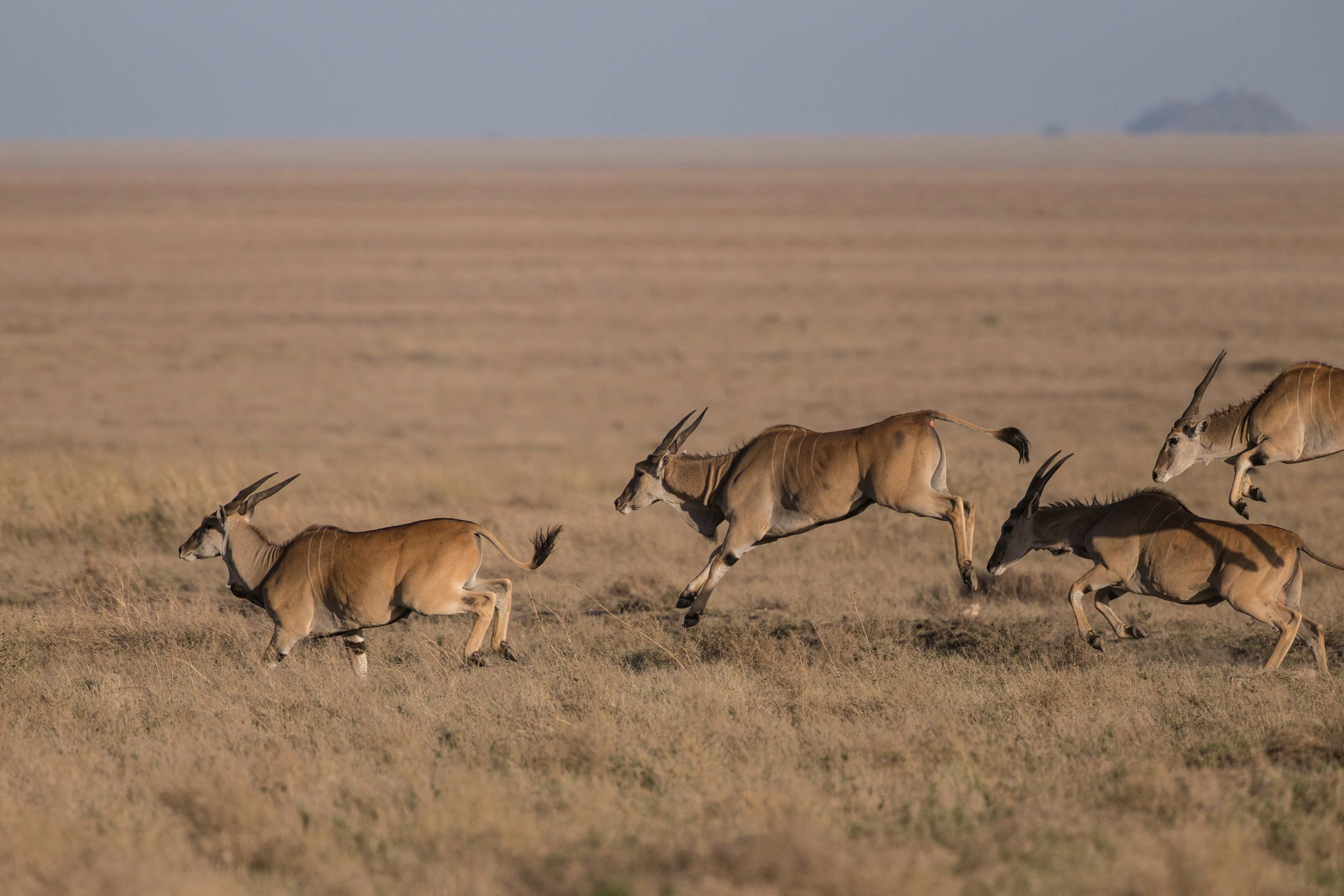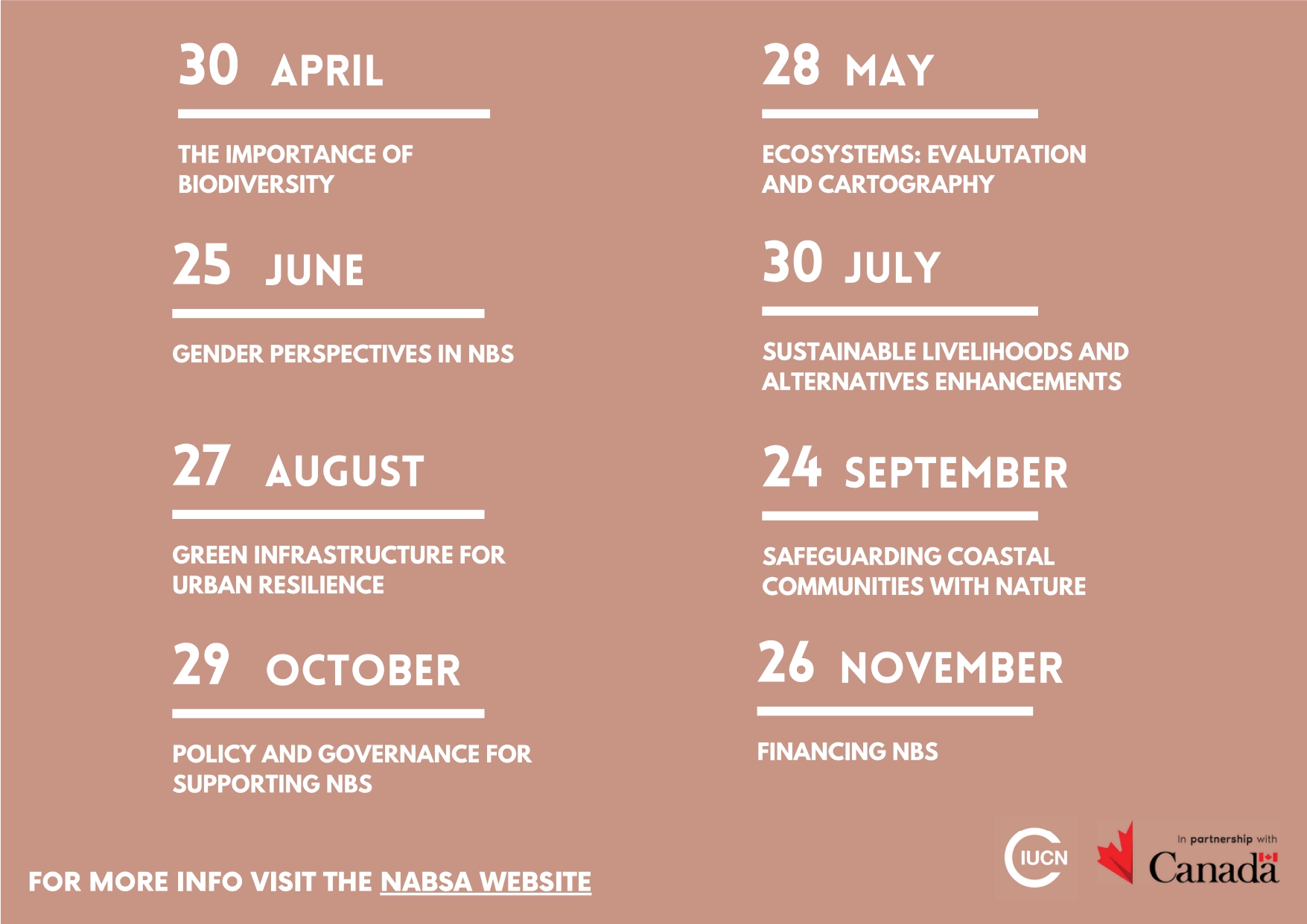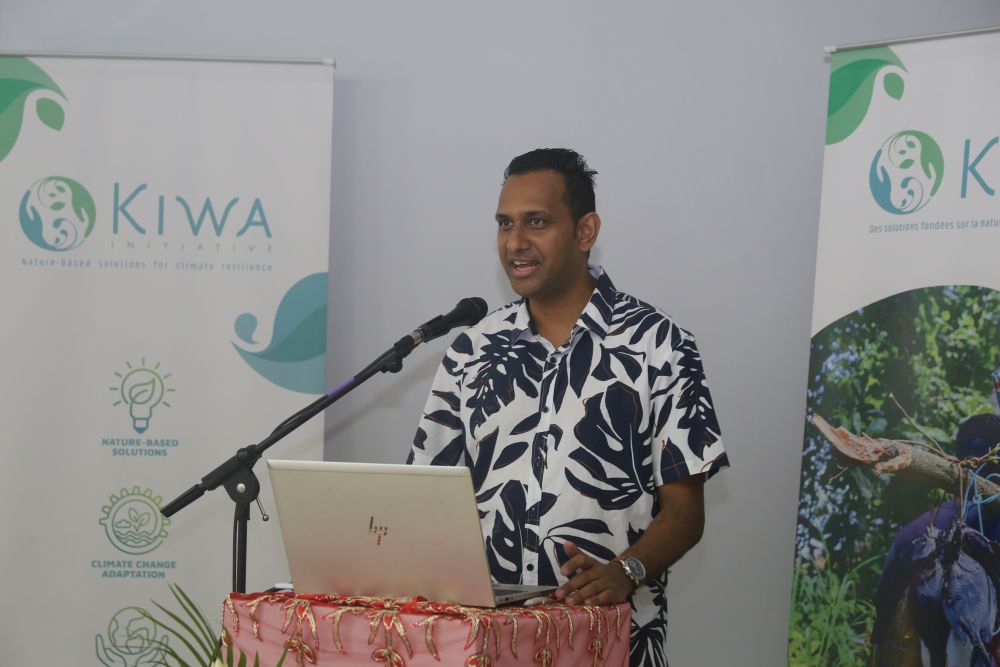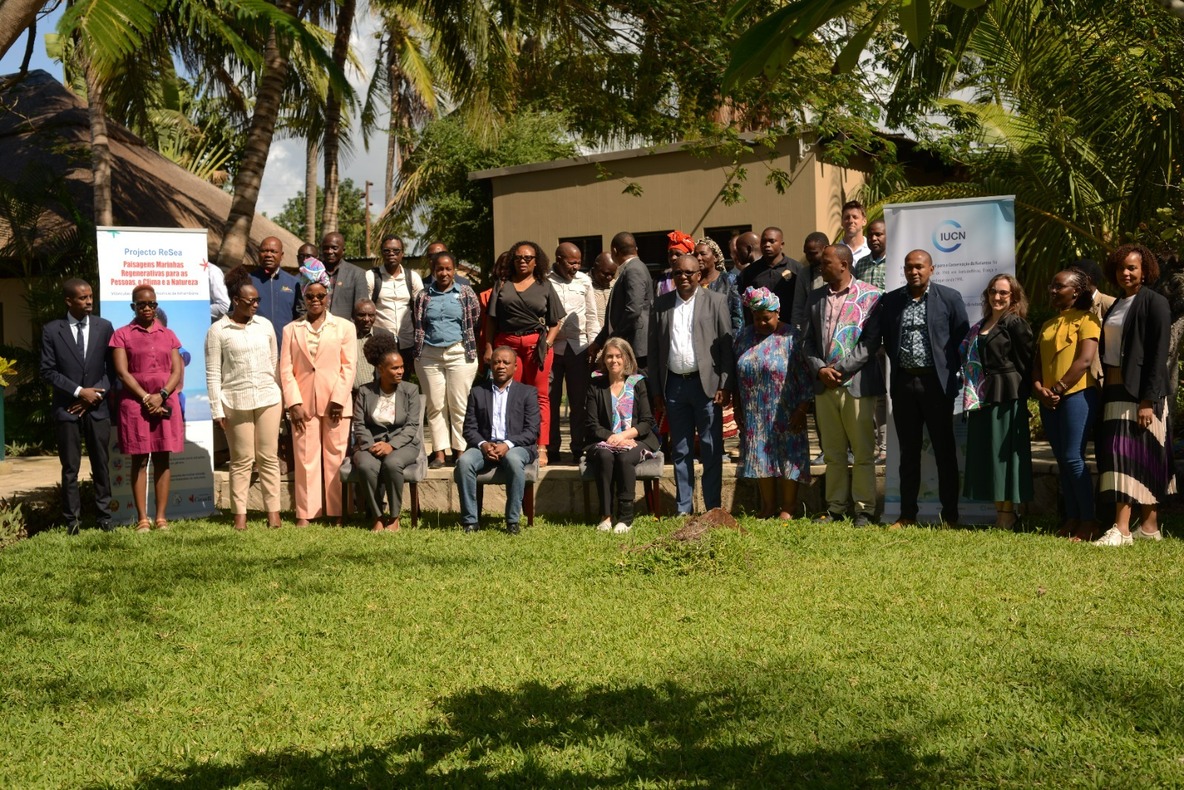“Biodiversity loss, at a globally significant level, is happening all around us.” Dr. Thomas Brooks, IUCN
After brief opening remarks from Ali Raza Rizvi, Head of IUCN’s Climate Change & Energy Transition Team, and Kerry Max, Deputy Director of Global Affairs Canada’s Partnering for Climate Initiative (P4C), Dr. Brooks set the stage for this session by providing an introduction to the biodiversity crisis and nature conservation. Biodiversity is defined as the “variability among living organisms from all sources including, inter alia, terrestrial, marine and other aquatic ecosystems and the ecological complexes of which they are part; this includes diversity within species, between species and of ecosystems” (Article 2, CBD). In addition to genetic biodiversity, the IUCN Red List of Threatened Species measures species biodiversity, outlining their characteristics, dynamics and risks posed by various sources. IUCN’s Commission on Ecosystem Management (CEM) created the Red List of Ecosystems to consider biodiversity loss at the ecosystem-level, showcasing ecosystem assessments of various countries all over the world.
Biodiversity loss has devastating impacts on human life due to its destruction of key ecosystem services, but there is increasing evidence that nature conservation action can be taught and reverse losses of biodiversity, in alignment with the mission and vision of the Kunming-Montreal Global Biodiversity Framework (GBF). Actions that tackle and abate the drivers of biodiversity loss have proven to generally be successful, such as by abating threats from unsustainable arable agriculture offers the greatest opportunity for reducing species risk around the world. This conclusion was found with IUCN’s STAR Metric, a widely used resource to provide quantitative linkage between conservation, restoration, natural resource management or other types of work on the ground with the global goal of reducing biodiversity losses from the GBF and SDG 15.
“Nature conservation to abate threats and advance restoration can halt and reverse these declines in genetic, species and ecosystem biodiversity loss.” Dr. Thomas Brooks, IUCN
Annick Gillard-Bailetti then took these global findings and lessons to the local level through Plan International’s COSME project. Located in the transboundary regions between Kenya and Tanzania, the biodiversity of these areas is unique, a mix of East African coastal forests, rivers, mangroves and coral reefs, including sacred lands and forests. However, climate change and human activity has damaged these critical hotspots. COSME seeks to utilise NbS to address these key threats to biodiversity through the promotion of sustainable livelihoods, especially for women, community-based forest management and mangrove restoration. Environmental DNA (eDNA), field surveys, GIS mapping technology and climate risk assessments are the core components of COSME’s approach to biodiversity measurement, ensuring comprehensive activities in the region. View details of COSME’s results here.
Amy Martens and colleagues from Bindura University’s Global Biodiversity Information Facility followed closely with their biodiversity surveys in Zimbabwe’s forests, wetlands and agricultural lands. Similarly to COSME, LiNCZ utilises eDNA of farmland, tree, and livestock, amongst other techniques, to determine the impact of NbS on local ecosystems to achieve their overall goal of enhancing indigenous-led, nature-positive, conflict sensitive and climate resilient livelihoods, particularly for women and girls, in 3 districts.
Veronica Lo then concluded the speaker portion of the Dialogue with a presentation of technical briefs and case studies to help familiarize NbS practitioners with the terms, biodiversity, ecosystems, and ecosystem services, and to help inform planning, designing, and implementing NbS that enhances biodiversity and ecosystem services (i.e. biodiversity co-benefits). View the first publication on enhancing biodiversity co-benefits here, and the second on relevant case studies here.
 Photo: Jean Wimmerlin on Unsplash
Photo: Jean Wimmerlin on Unsplash
Don’t miss the next one: Join us monthly!


The NAbSA Dialogues are a platform for experts and stakeholders interested in the practical integration of biodiversity conservation and gender approaches for the design and application of effective NbS for climate adaptation and community resilience. Join us to explore how preserving the diversity of life on Earth is crucial for a sustainable future in our changing world.
For more information on these Dialogues or NAbSA, please contact Veronica Ruiz (veronica.ruiz@iucn.org) and Zoe Jafflin (zoe.jafflin@iucn.org).




